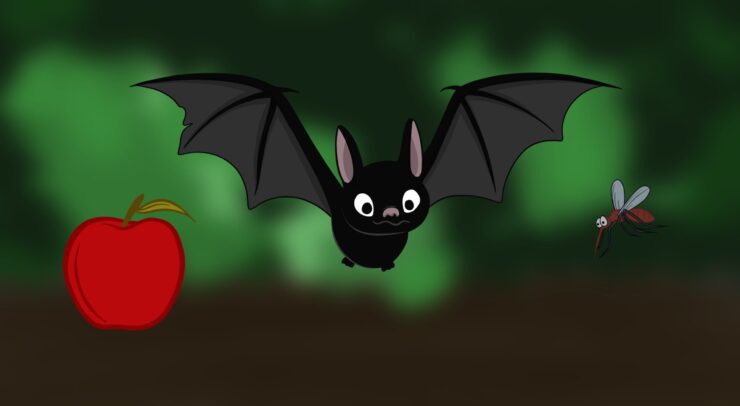…the world! Saint Nick traditions from other countries
SANTA CLAUS PLAYS a big role in every child’s Christmas, but how much do you know about the jolly old man from the North Pole? Santa Claus is based on St. Nicholas of Myra, a fourth-century bishop known for giving gifts to the poor. Over centuries, the Saint Nick we’ve come to know has evolved from a bishop into a red-cheeked, white-bearded man in a red coat and silly hat—but is this how the rest of the Christmas-celebrating world knows the beloved Kris Kringle? As a Christmas gift for our curious readers, the Fulcrum explores interpretations of Santa from around the world.
Belgium
Santa Claus as we know him was born from Sinterklaas, a traditional winter figure celebrated in the Netherlands, Belgium, and countries part of the former Dutch empire. Unlike our jolly old Saint Nick, Sinterklaas is a more stately, serious character, dressed in bishops’ garb. Children leave their shoes next to a fireplace with some hay or a carrot for Sinterklaas’ horse, and in return, they receive candy or a small present in their shoes.
Colombia
Presents are brought by El Niño Jesus (baby Jesus), instead of Father Christmas in this country. Christmas Eve is the most important day of the holiday. That night, children get to stay up until midnight, open their gifts, and then stay up late playing with them!
Germany
In Germany and other German-speaking countries, the Christkind (Christ child) brings gifts on the evening of Dec. 24. Christkind is invisible, so to let children know he’s brought them presents, he rings a bell before he leaves.
Italy
Although many Italian children receive gifts from Santa on Dec. 25, in some regions gifts are given on St. Lucy’s Day (Dec. 13) or on Epiphany (Jan. 6). On the eve of the 6th, la Befana, the good Epiphany witch, rides through the night on a broomstick, bringing good children gifts and candies and bad children charcoal or bags of ashes.
Latvia
Although Latvians celebrate Christmas on Dec. 25, gifts are given over the 12 days leading up to Christmas. Presents are placed under a Christmas tree; in fact, legend has it that the tradition of decorating a tree came from the country in the 1500s.
Slovenia
Slovenian children hit the Christmas jackpot, receiving gifts three times in December: St. Nicholas visits on St. Nicholas Day (Dec. 6), Christmas Man on Dec. 25, and Grandfather Frost brings gifts on Dec. 31 to be opened in the new year!
Sweden
Swedish Santa, Tomten, brings gifts to children on Christmas Eve; however, he doesn’t use a chimney to get into houses. He knocks on the front door, asking if there are any nice children in the home.
Did you know: Even in the age of the Internets, millions of children around the world write to Santa every year. In 2009, Canada Post received 1.1 million letters, answered by 1,000 workers in 30 different languages—including Braille!
—Mercedes Mueller



